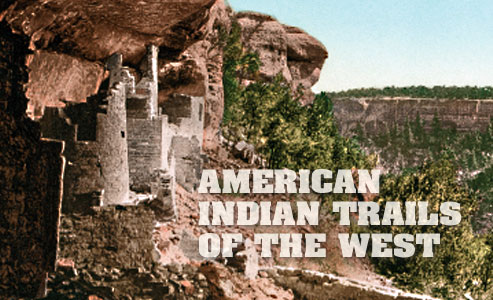Destiny in Montana
The Little Bighorn Battlefield National Monument is a sacred site of pilgrimage.
Two great cultures met on a barren plain. One lost the battle. The other lost everything.
—L.C. Soubier
These words reflect one of the last armed efforts of the Northern Plains Indians to preserve their ancestral way of life. The serene 1.5-mile Little Bighorn, Montana, valley—once the village of approximately 6,000 to 8,000 Lakota (Sioux) and Cheyenne, with a warrior force of 1,500 to 2,000 men—stands as a silent natural memorial to the soldiers and Natives who died.
Over 260 soldiers and personnel of the U.S. Army, under the leadership of Lt. Col. George Armstrong Custer, lost their lives when they attacked the village on June 25 and 26, 1876. The Lakota/Sioux people were led by respected Lakota leader Sitting Bull, and the estimates of their fatalities range from 30 to 300.
In the heat of the battle, soldiers were ordered to kill their horses and hide behind them. “We arched our arrows high into the sky,” says Northern Cheyenne Wooden Leg. “…we rained thousands of arrows behind these horses. Their shots quit coming.”
Custer’s last stand was also the last stand for the nomadic way of life of the plains tribes.
The Plains Indian Museum at the Buffalo Bill Center of the West in Cody, Wyoming, complements the Little Bighorn. The Plains Indian Museum is one of five museums at the Center of the West and has one of the country’s largest and finest collections of Plains Indian artifacts, artwork and related materials.






